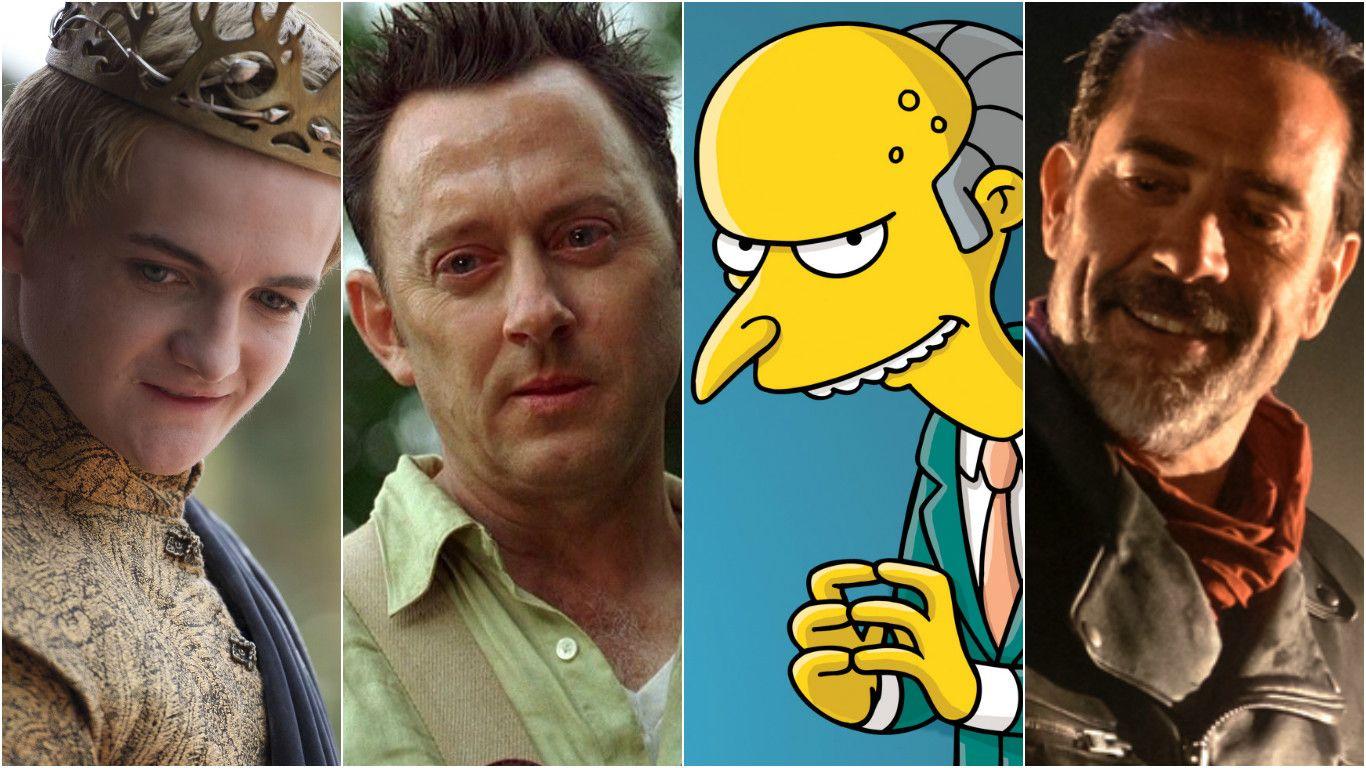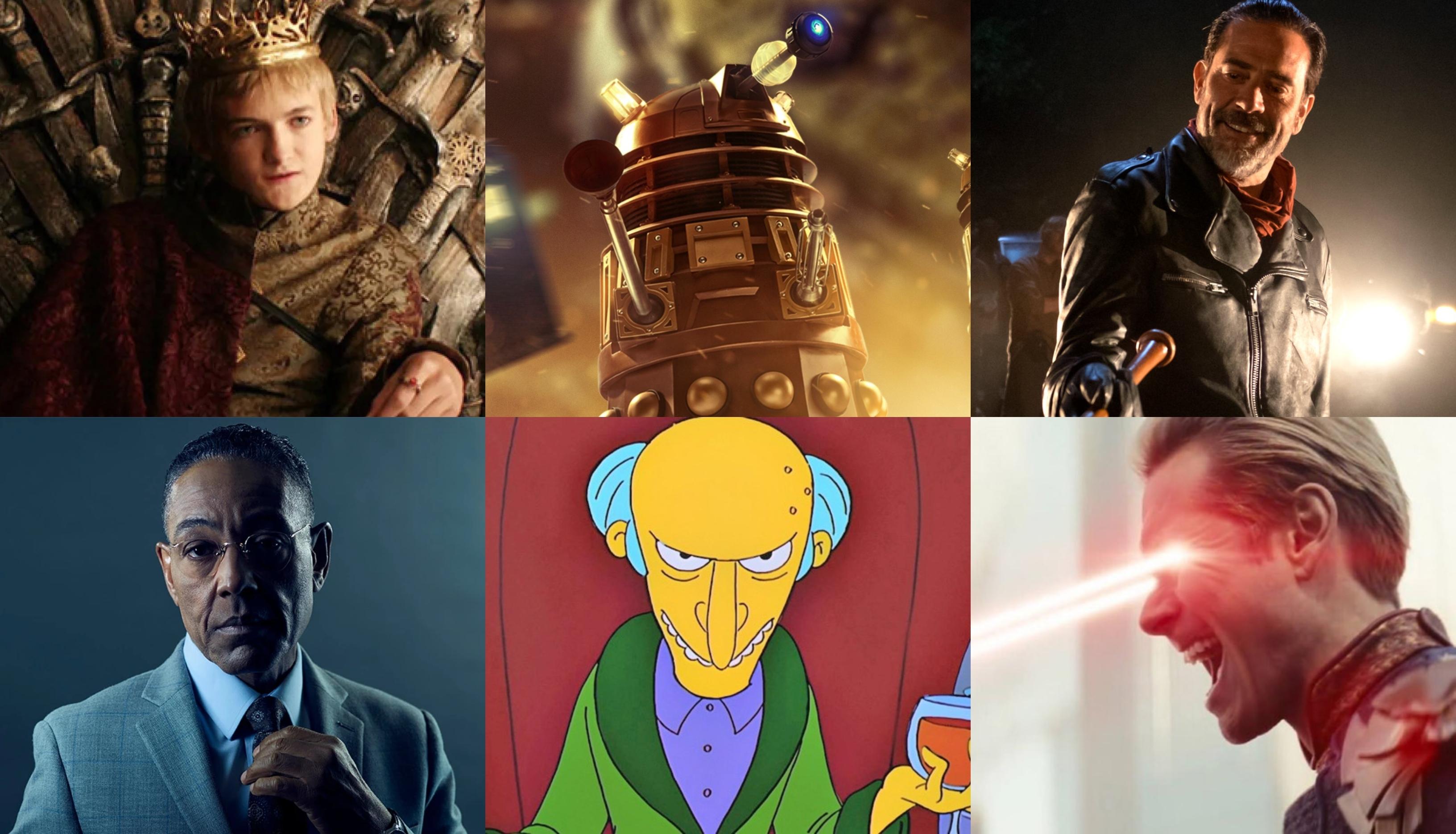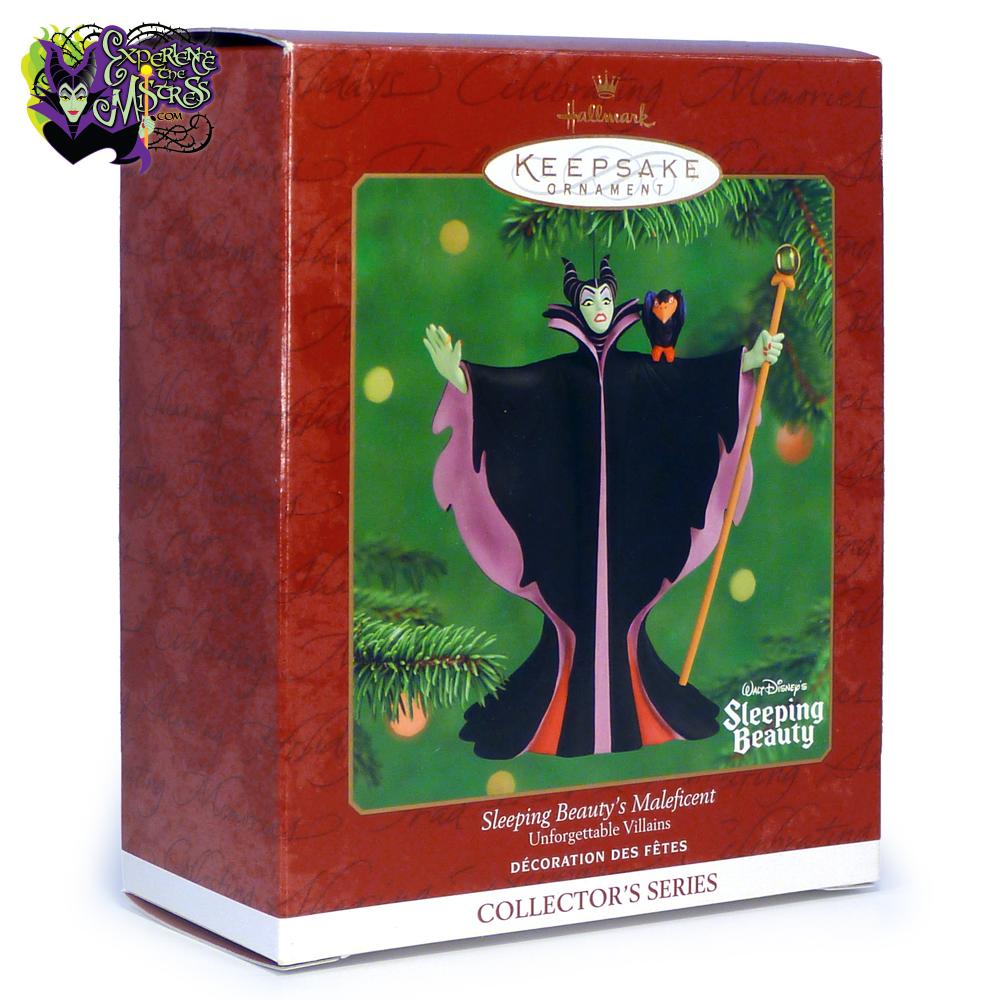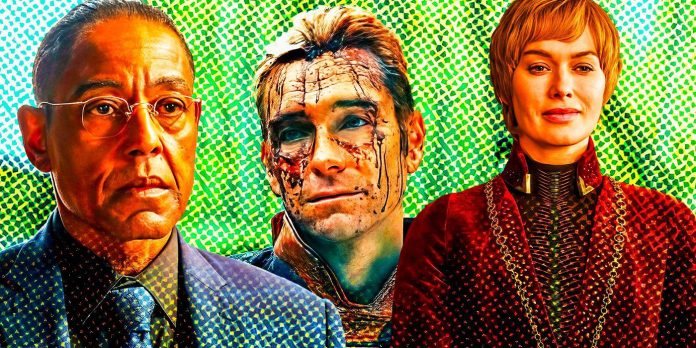In the vast landscape of television, where heroes often take center stage, it is the villains who truly etch themselves into our memories, leaving an indelible mark on the narrative canvas. These antagonists, with their complex motives and chilling personas, are the ones who elevate a series from mere storytelling to an epic saga of conflict and intrigue. As we delve into the world of TV series that have mastered the art of villainy, we uncover characters who challenge our moral compass and captivate our imaginations. From sinister masterminds to charismatic antiheroes, these top ten unforgettable villains have not only defined their respective series but have also redefined the very essence of what it means to be an antagonist. Join us as we explore these mesmerizing figures who, with their malevolent charm, have become the true icons of the small screen.
Exploring the Dark Side Memorable Villains Who Redefined Television

In the realm of television, villains often serve as the catalysts that drive narratives and captivate audiences. These characters, with their multifaceted personalities and intricate backstories, have transformed traditional storytelling, leaving an indelible mark on viewers. Walter White from Breaking Bad, for example, is not just a high school chemistry teacher turned methamphetamine manufacturer; he is a complex embodiment of ambition, desperation, and moral decay. His journey from protagonist to antagonist is a masterclass in character development that keeps audiences questioning their own moral compasses.
Other unforgettable villains include the chillingly calm yet ruthless Gus Fring, also from Breaking Bad, whose meticulous nature and business acumen make him a formidable adversary. Then there’s Cersei Lannister from Game of Thrones, whose unyielding quest for power and control showcases the depths of human ambition and the destructive nature of vengeance. These characters, among others, have not only redefined what it means to be a villain but have also elevated the shows they inhabit to cultural phenomena. Their stories compel us to explore the darker sides of human nature, making them truly memorable in the annals of television history.
Character Depth and Complexity How Villains Enhance Storytelling in Top TV Series
In the realm of television storytelling, the presence of a well-crafted villain often serves as the catalyst for character development and narrative depth. Villains challenge protagonists in ways that reveal hidden facets of their personalities, pushing them to their limits and prompting audiences to explore moral ambiguities. These antagonists are not merely obstacles but rather dynamic forces that enrich the storyline. By presenting a mirror to the hero’s virtues and flaws, they ignite a compelling dichotomy that enhances viewer engagement.
Key elements that contribute to villainous complexity include:
- Backstory: A rich history that provides insight into their motivations.
- Flawed Humanity: Traits that evoke empathy despite their malice.
- Intellectual Rivalry: An ability to outsmart protagonists, raising the stakes.
- Ethical Gray Areas: Actions that blur the line between good and evil.
These factors collectively transform villains into memorable characters, ensuring their place in the pantheon of unforgettable TV series. By intertwining the destinies of heroes and villains, writers craft narratives that captivate audiences, leaving a lasting impact long after the final credits roll.
Iconic Antagonists A Deep Dive into the Craft of Creating Memorable TV Villains

Crafting a memorable TV villain is an art form that blends narrative depth, psychological complexity, and often a touch of charisma. These antagonists aren’t merely obstacles for the protagonist but are richly developed characters that engage and challenge the audience. A truly unforgettable villain can elevate a series, leaving a lasting impression long after the final credits roll. What makes these characters so captivating? Here are a few key elements:
- Complex Motivation: The most compelling villains have motivations that go beyond simple evil for evil’s sake. Whether it’s a tragic backstory, a twisted sense of justice, or a personal vendetta, understanding their driving force adds layers to their character.
- Charismatic Presence: Charisma can be a double-edged sword, drawing viewers in even as they despise the villain’s actions. A commanding presence on screen can make these characters impossible to ignore.
- Moral Ambiguity: When a villain operates in shades of gray, it challenges the audience to question their own moral compass. This ambiguity can lead to a more engaging viewing experience.
- Impactful Story Arc: A well-developed arc that sees the villain grow or reveal hidden depths can transform them from mere plot devices into unforgettable icons.
By weaving these elements together, creators can craft antagonists that resonate with viewers, ensuring their place in the pantheon of television’s most iconic figures.
Must-Watch Series with Unforgettable Villains Recommendations for Your Next Binge

When it comes to TV series, the allure of a captivating villain can often be the hook that keeps viewers glued to their screens. These characters, with their complex motivations and chilling actions, can elevate a show from good to unforgettable. Here are some series that boast some of the most memorable antagonists, whose sinister deeds and intricate personalities will linger in your mind long after the credits roll.
- “Breaking Bad”: Witness the transformation of Walter White into the infamous Heisenberg, a character who redefines what it means to be an anti-hero.
- “Game of Thrones”: With its sprawling cast of characters, it offers a plethora of villains, but none as cold and calculating as Cersei Lannister.
- “The Walking Dead”: Negan, with his barbed-wire bat, brings a new level of menace to the zombie apocalypse.
- “Sherlock“: Moriarty’s brilliant mind and chaotic nature make him a perfect foil for the detective.
- “Dexter”: Trinity Killer, a family man with a terrifying secret, stands out in a series filled with dark figures.



